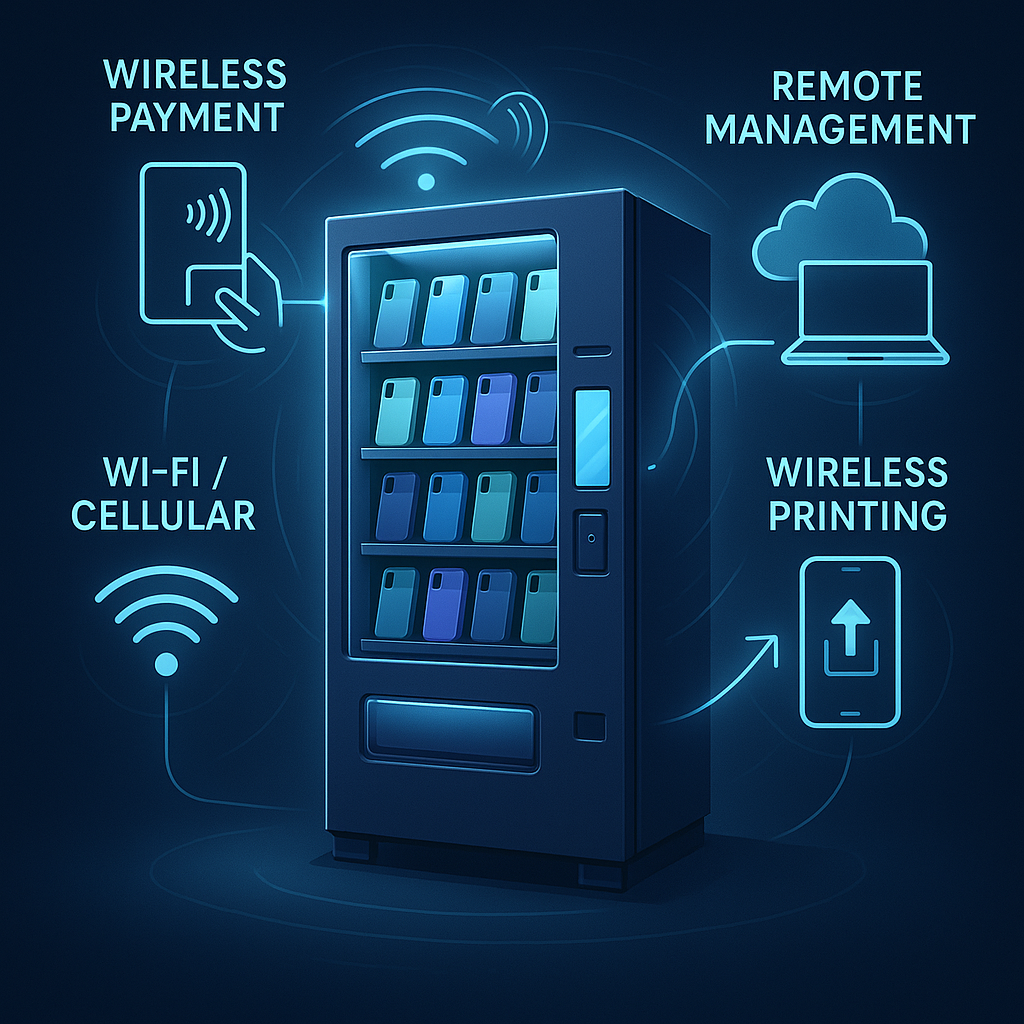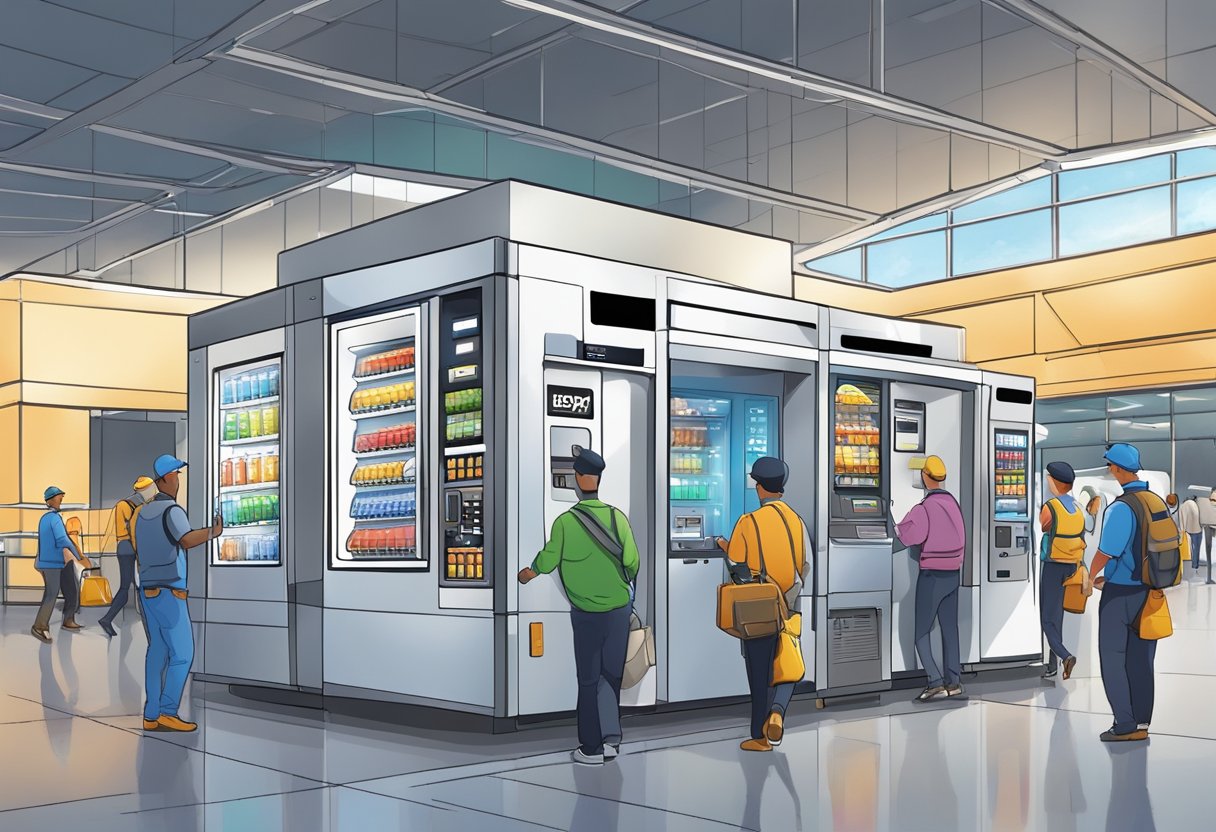
How many vending machines do you need to make a living?
Are you searching for a way to generate stable income and wondering if operating vending machines could be a realistic path? Many people ask how many machines they actually need to support themselves.
On average, you need 10–20 well-placed vending machines to earn a sustainable full-time income, depending on your market, product selection, and operating costs. The right product mix and busy locations can let you succeed with fewer machines, but strategic placement is the key to profitability.

When I started out, I assumed the more machines, the better. But I soon realized careful placement and a focus on the right products matter more than just the number of machines. If you want real, lasting income, the goal is to be smart from day one—not just busy. Let’s look at the numbers, the strategies, and the hiccups to expect along the way.
How many vending machines do I need to earn a sustainable income?
Worried you need to run all over town refilling dozens of machines to make decent money? That’s just not true for everyone.
To earn a sustainable income, most operators start with at least 10 active machines in high-traffic locations. Each should generate a monthly profit of $200–$400. Volume matters, but even smaller setups can work well if you have premium products or profitable placements.
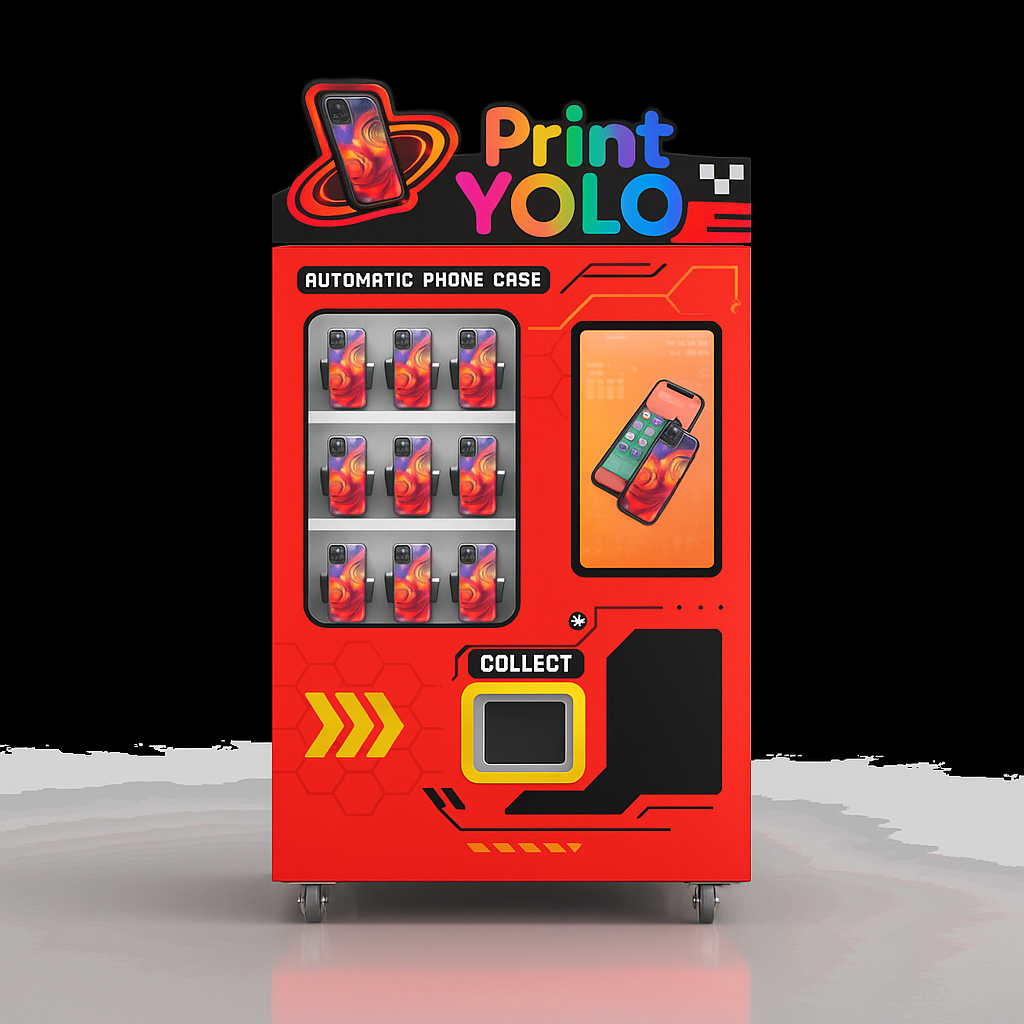
Dive Deeper: Calculating the Numbers That Matter
Let’s break this down. Say your basic vending machine makes $200 in monthly profit. For $3,000 per month (enough to live in most areas), you’d need 15 machines ($3,000 ÷ $200). Machines selling premium or specialty products, like phone case printing or electronics, can double these numbers in airports or malls.
Here’s a simple calculation table:
| Machines in Operation | Avg. Monthly Profit per Machine | Total Monthly Profit |
|---|---|---|
| 5 | $300 | $1,500 |
| 10 | $300 | $3,000 |
| 20 | $250 | $5,000 |
| 30 | $200 | $6,000 |
Not every machine will hit these numbers every month. Weather, school holidays, or events nearby can swing your profits. Start small, learn your locations, and scale up as you find what works.
What location and product strategies maximize my vending machine profits?
Have you ever wondered why some machines are always empty, while others gather dust? Placement and product choices are the heart of the business.
The best way to maximize profits is to focus on high-footfall areas (like malls, airports, campuses) and tailor your product mix to what the customers there need most. Regularly monitor sales data to adjust offerings and promotions.

Dive Deeper: Where to Place and What to Stock
When I first tried university campuses, my snack machines sat idle. But when I switched to tech accessories and added a phone case printer, sales doubled overnight. Here’s the approach I take now:
Top Locations:
- Shopping malls, food courts, airports, train stations
- University campuses, dormitories, libraries
- Tourist attractions and entertainment venues
| Winning Product Strategies: | Location Type | Ideal Products | Bonus Strategies |
|---|---|---|---|
| Mall/Airport | Tech gear, phone cases | Add advertising screens | |
| School/Campus | Drinks, snacks, gadgets | Rotate products by season | |
| Tourist Site | Souvenirs, local gifts | Offer multi-lingual kiosks |
Research foot traffic and solve a real need (for example, last-minute phone chargers at airports or custom phone cases at malls). Adjust your lineup by checking monthly sales reports and get feedback from site managers.
Can I make a full-time living with just a few vending machines?
It’s easy to think you need a huge route, but is it possible to go full-time with only a handful of machines—if you’re strategic?
Yes. If placed very wisely, 3–5 premium specialty vending machines in top spots can generate enough for a full-time living. You need a higher average profit per machine ($700–$1,000/month), which is possible with high-ticket items or value-added services.
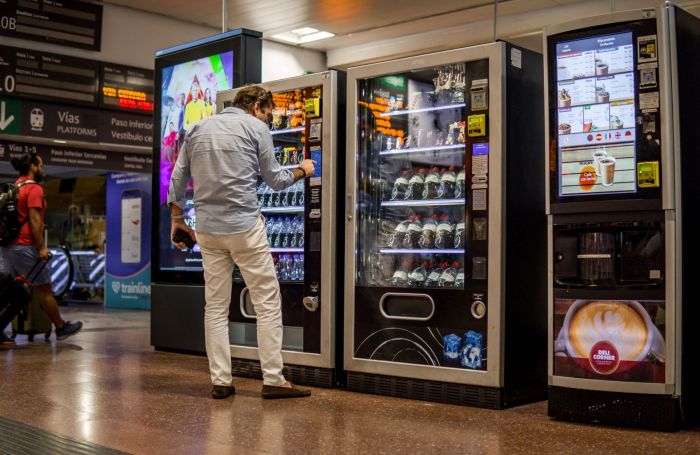
Dive Deeper: The Power of Premium and Niche Machines
One customer I worked with placed just three phone case printing vending machines in major city malls. Each brought in over $1,000 a month—with very little upkeep compared to basic snack machines. The niche product, combined with prime mall foot traffic, supported a comfortable living by itself.
| Number of Machines | Avg. Monthly Profit | Product Type | Location |
|---|---|---|---|
| 3 | $1,000 | Custom phone cases | Shopping mall |
| 4 | $750 | Electronics/chargers | Tourist hub |
| 5 | $600 | Souvenir prints | Airport |
You can succeed with fewer machines when you choose something people truly want right where they spend time—and where it’s hard to get elsewhere.
It looks easy on paper, but even pros can underestimate the small costs that eat into profits month after month.
Watch out for location rental fees, restocking time, maintenance, insurance, payment processing fees, product spoilage, and downtime. These hidden costs can reduce profits by 30–50% if not tracked and controlled.
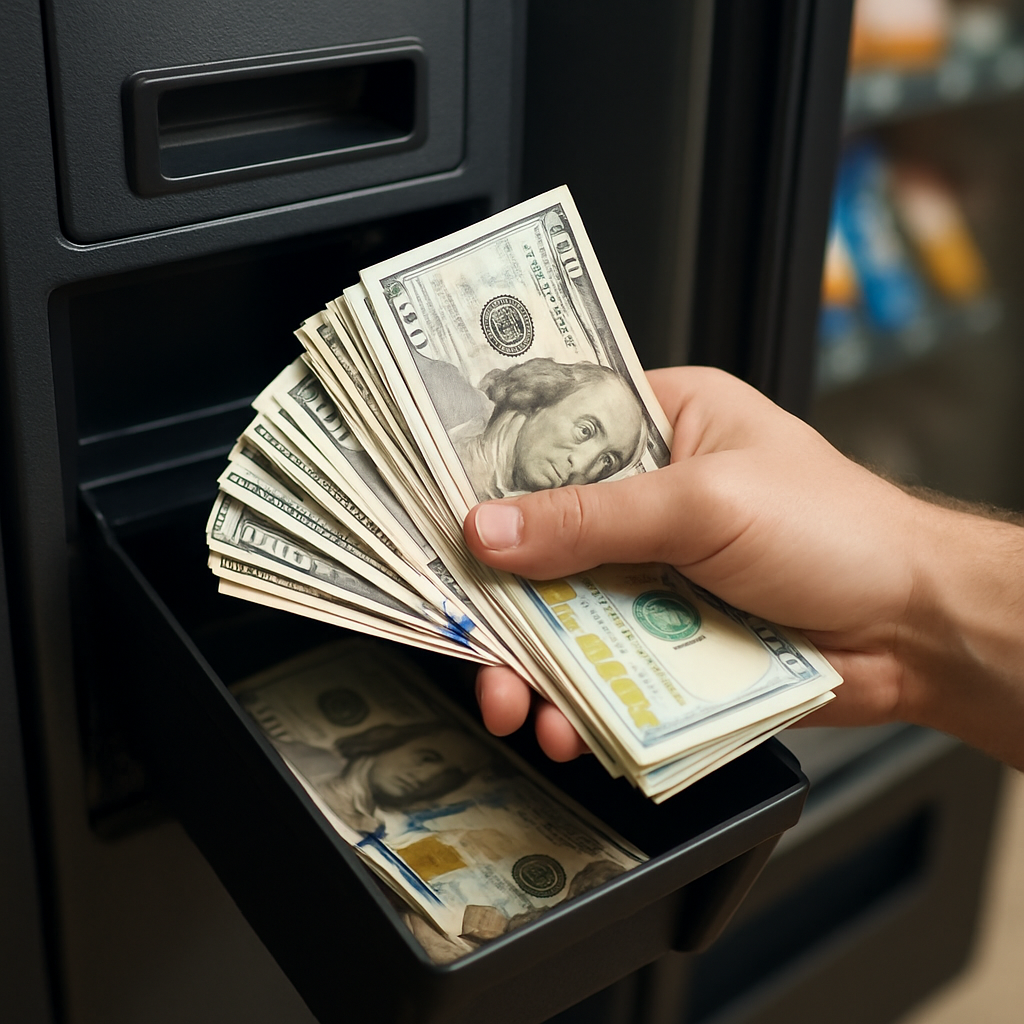
Dive Deeper: Hidden Expenses Breakdown
I learned the hard way—my first shopping mall location looked profitable until I added rent, parking for restocking, and unexpected credit card fees. Here’s a table of the most common drains on your profits:
| Hidden Cost | Typical Range | How to Manage |
|---|---|---|
| Placement/Rent Fees | $50–$500/mo/machine | Negotiate revenue share |
| Maintenance/Repairs | $20–$60/mo/machine | Schedule regular checks |
| Inventory / Spoilage | $30–$100/mo/machine | Rotate products, monitor sales |
| Payment Processing | 2–4% of sales | Shop for low-fee providers |
| Travel/Restocking | $50–$150/mo | Optimize route, bulk stock |
| Insurance/Licensing | $10–$30/mo/machine | Bundle policies if possible |
Always add a profit margin buffer and expect one-off costs, like vandalism or upgrade parts. Good remote monitoring tools, like those from PrintYOLO, can help cut costs by alerting you early to problems.
How long does it take to scale from one vending machine to a six-figure business?
Want to quit your day job, but scared it’ll take years to grow? Scaling is possible if you learn fast, reinvest profits, and track your key numbers.
Scaling from one vending machine to a six-figure business (over $100,000/year in profit) usually takes 2–4 years. Growth depends on reinvesting earnings, optimizing locations, adding high-margin machines, and learning from both wins and losses.
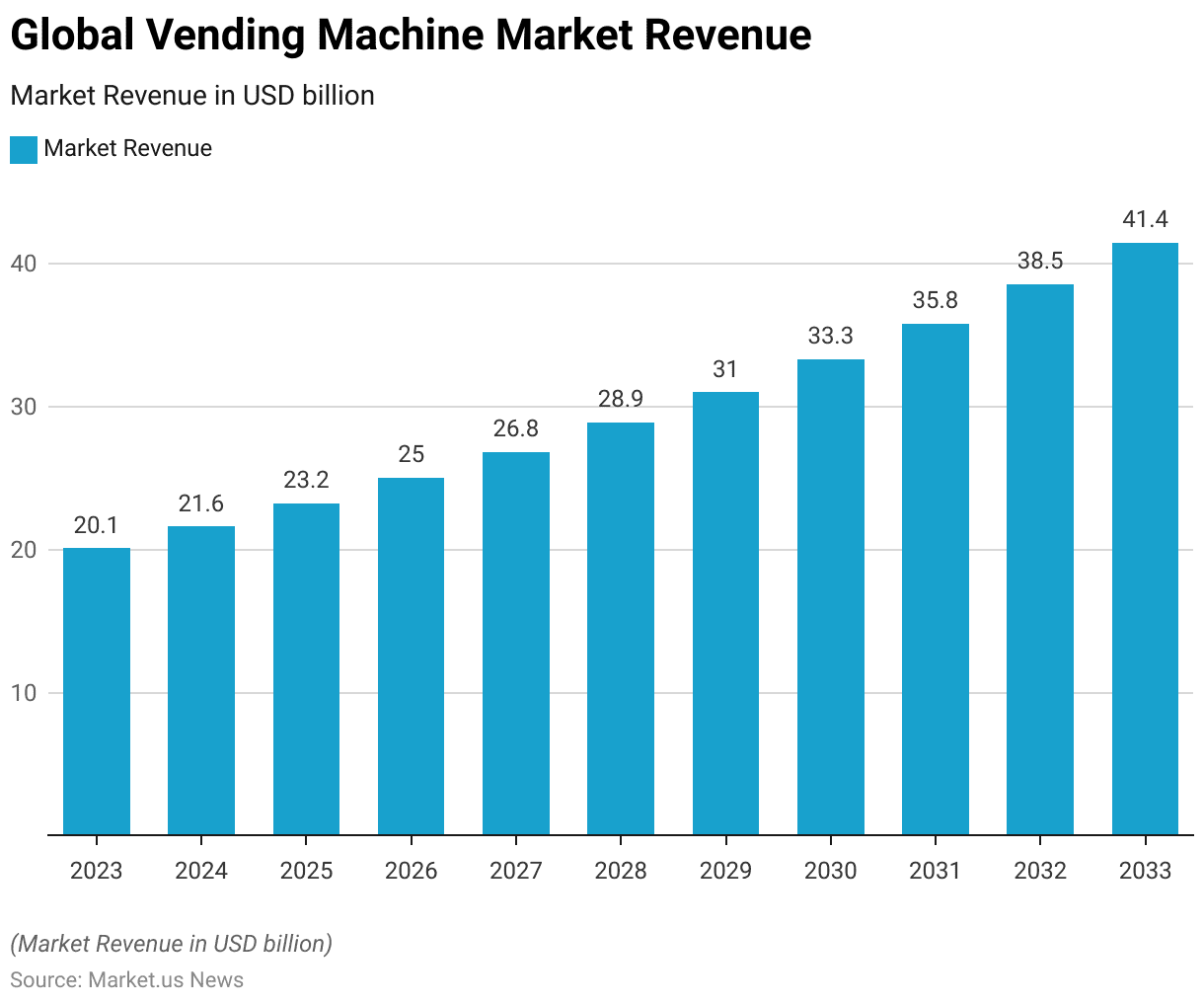
Dive Deeper: Roadmap to Real Growth
I started with just one machine. Each time I reached enough profit to buy another, I found a new location and kept my costs low. Here’s the roadmap I share with anyone starting from scratch:
| Year | Number of Machines | Monthly Profit | Annual Profit | Key Actions |
|---|---|---|---|---|
| 1 | 1–3 | $500–$2,000 | $6k–$24k | Test locations, optimize |
| 2 | 5–10 | $2,500–$5,000 | $30k–$60k | Reinvent profits, diversify |
| 3 | 15–20 | $6,000–$8,000 | $72k–$96k | Negotiate better deals |
| 4 | 20–30 | $8,000+ | $100k+ | Add advanced machines/services |
Key: Move quickly, but don’t over-extend. Smart, steady growth—choosing the right partner brands and best locations—turns a side hustle into a sustainable, six-figure business.
Conclusion
Building a living from vending machines means knowing your numbers, choosing the best locations, and controlling costs. Start small, think smart, and scale with discipline for lasting results.



